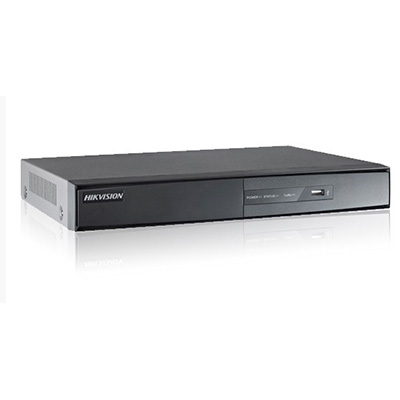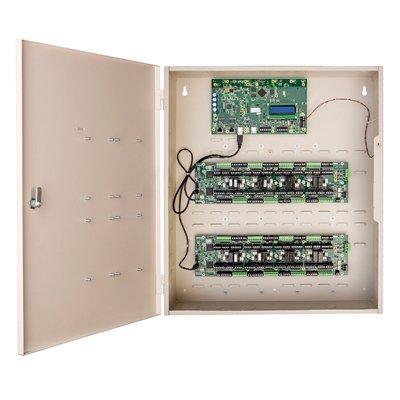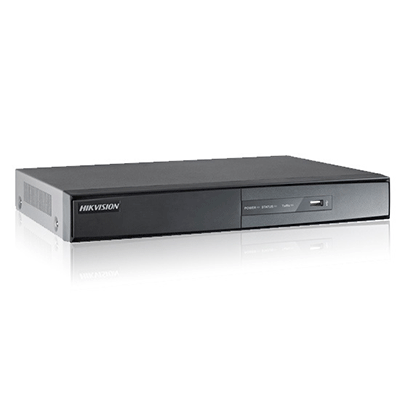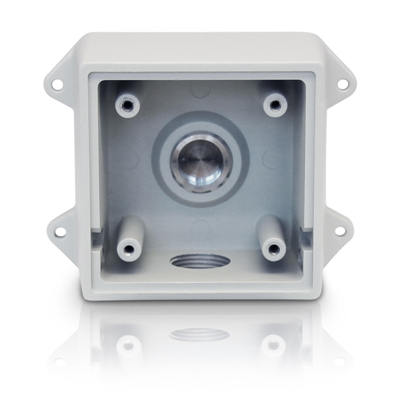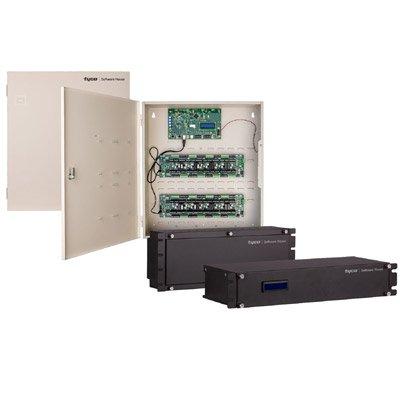Dual frequency detection is a technology utilized by the Pyronix break-glass detectors to filter through noise to focus solely on the frequencies of breaking glass, to optimize detection and generate an alarm condition; creating a false alarm free detector.
Dual Frequency Detection
This technology enables this type of detector to be active, without restricting the user’s freedom to move around the same room, while the system is armed, unlike motion sensors.
But, how does this work? Well, the dual-frequency technology of Pyronix utilizes a two-stage sequential detection process, alongside microprocessor signal processing analysis.
Two-Stage Sequential Detection
Both the high and low frequencies are analyzed by the microprocessor software algorithm
What does this mean? Comprising of an acoustic transducer with a wide broadband frequency response that is linked to a signal processing circuit, as well as a dual-channel filter, the detection only focuses on the low frequency of glass flex and high frequency of glass shattering. The acoustics are optimized so that a number of windows can be protected with just one detector. These optimized acoustics allow for the detector to be wall or ceiling mounted.
This is where the two-stage sequential detection process comes in.
Both the high and low frequencies are analyzed by the microprocessor software algorithm. First the low frequency flex is analyzed and then the high frequency shatter. If the analyzed signals compare with the microprocessor software algorithm, the input will be activated on the control panel and an alarm will be generated.
Microprocessor Signal Analysis
Microprocessor signal analysis is a part of the two-stage detection process that helps to create a false alarm free detector. The software algorithm helps to prevent the detection of noises that can be caused from the high frequency of a telephone call, or the low frequency of a passing lorry. So, either incident or dropping keys on a table, the breaking of a wine glass, or the barking of a dog won’t cause an alarm.
Only when both the flex and shatter are detected in a sequential order will the dual frequency detection signal an alarm condition. If only one or the incorrect sequence is met, an alarm will not be generated.








